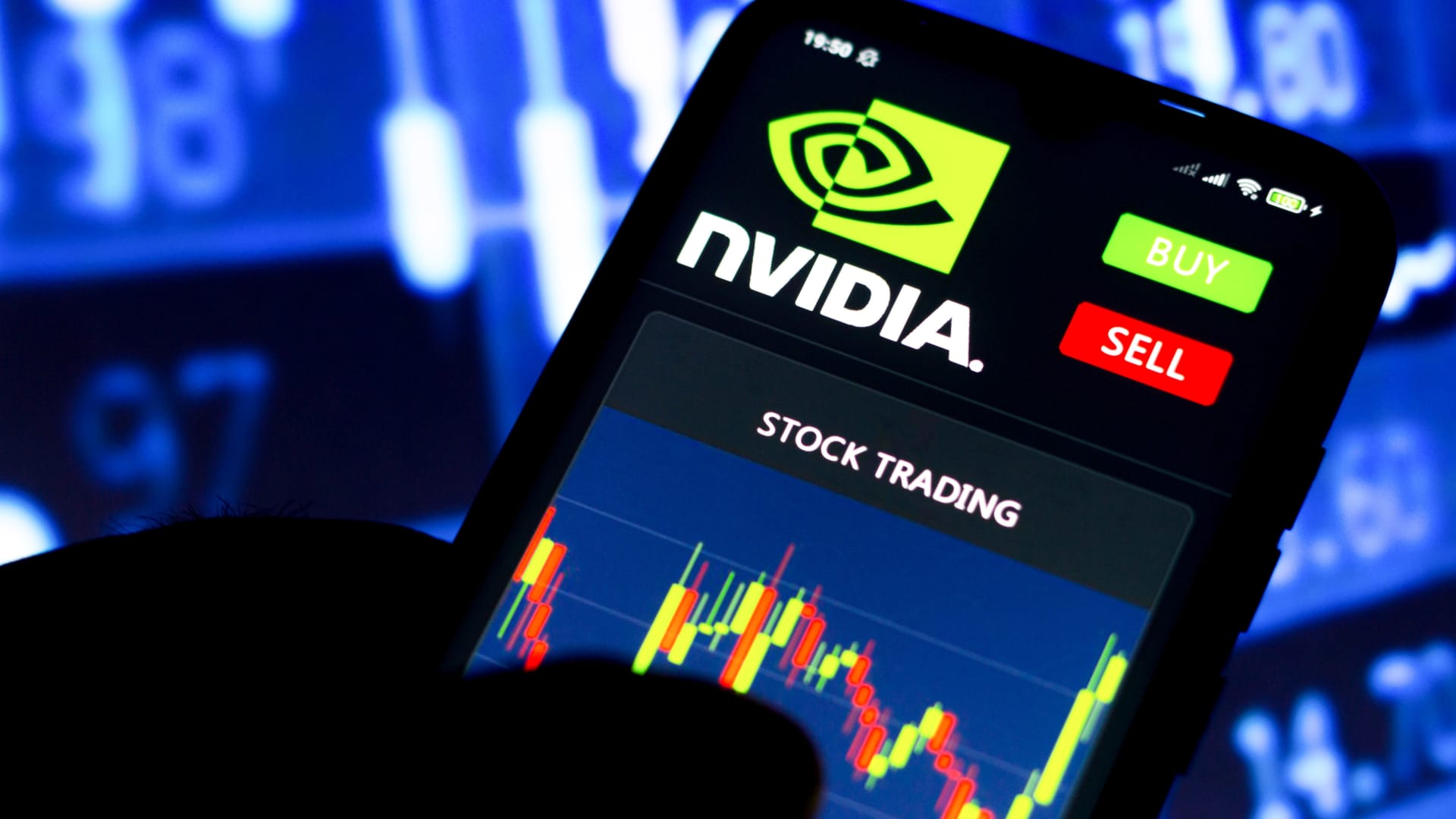Short-term investors and traders can now more easily make leveraged bets on individual stocks, thanks to the arrival of single-stock ETFs. The Securities and Exchange Commission approved the single-stock products this week, allowing U.S. investors to access products that are similar to single-stock instruments that have traded in Europe for years. This new segment of the market appears poised to grow quickly. AXS Investments launched eight new funds this week, including funds that bet against a stock or are designed to deliver a multiple of the return. There are more funds in the pipeline from AXS and other asset managers. Tesla , Nvidia and PayPal are among the stocks that the first wave of funds are focused on. AXS CEO Greg Bassuk said the first batch of stocks were chosen based on historical trading volume around big corporate events, such as earnings releases. However, these products are likely not suitable for many retail investors. Lori Schock, the director of the SEC’s office of investor education and advocacy, cautioned in a statement that the funds are not for everyone. “Like many other complex exchange-traded products, levered and/or inverse single-stock ETFs aim to provide returns over extremely short time periods (in some cases even a single day),” Schock said. “New risks may emerge for investors who hold these products for longer than that. Investors should be aware that if they were to hold these funds for longer than a day, the performance of these funds may differ significantly from the levered and/or inverse performance of the underlying stock during the same period of time.” Separately, SEC Commissioner Caroline Crenshaw warned that it might be difficult for an investment professional to recommend these products to a retail investor. Bassuk said the funds fit best for investors who are active in the market every day. “The big target audience for these is active traders and investors who are very focused on daily stock movements. These funds are not great for, or even appropriate, for long-term asset allocators,” Bassuk said. The AXS funds use swap contracts in order to achieve a multiple or inverse of a stock’s single-day performance. The funds are not designed to create the stated return over a period longer than one-day, according to a summary prospectus. Bryan Armour, director of passive strategies research for North America at Morningstar, said potential investors should also be aware of a phenomenon called “volatility decay” that could affect the performance. “If the stock has choppy trading for a period of time, and you see it going up and down, but at the end of the period it ends at the same price, if you own the stock you come out even. You don’t gain or lose anything. But if you own the leveraged fund, you’re going to be down,” Armour said. The AXS funds carry a net expense ratio of 1.15%. That is slightly more expensive than some of the popular leveraged and inverse funds focused on indexes. For example, the ProShares Short QQQ fund has a net expense ratio of 0.95%, and the ProShares Short S & P 500 fund has a net expense ratio of 0.88%.

